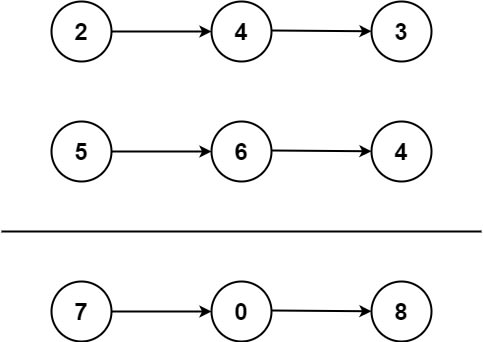In the ever-evolving world of technology, the way we build and deploy software applications is constantly changing. One of the most significant advancements in recent years has been the rise of containerization and container orchestration, transforming the way backend systems are developed and managed.
What are Containers?
Imagine you have a big, fancy house with many rooms, each dedicated to a specific purpose – a kitchen, a living room, a bedroom, and so on. Now, picture being able to pack up each of these rooms into a portable container that you can move around and set up anywhere you like. That’s essentially what containers do for software applications.
Containers are like self-contained, portable packages that include everything an application needs to run: the code, libraries, dependencies, and even the operating system. This means that no matter where you deploy the container – whether it’s on your local machine, a server in the cloud, or even on your friend’s computer – the application will run exactly the same way, without any compatibility issues or conflicts.
Why are Containers Important?
In the past, setting up and running applications on different machines or environments was a nightmare. Developers often faced the dreaded “it works on my machine” problem, where an application would run perfectly on their local development environment but fail when deployed to a different server or system. This was due to differences in system configurations, software versions, and other dependencies.
Containers solve this problem by encapsulating the entire runtime environment, ensuring that the application runs consistently across different platforms and environments. This not only makes deployment easier but also helps ensure that applications behave the same way in development, testing, and production environments.
Orchestrating Containers: Kubernetes to the Rescue
While containers make it easier to package and deploy applications, managing hundreds or thousands of containers across multiple servers can quickly become a daunting task. This is where container orchestration tools like Kubernetes come into play.
Kubernetes is like a super-efficient manager for your containers. It automates the deployment, scaling, and management of containerized applications, ensuring that they run reliably and efficiently across a cluster of machines.
With Kubernetes, you can easily scale your applications up or down based on demand, automatically distribute containers across multiple servers, and even recover from failures without any downtime. It’s like having a team of highly skilled IT professionals working around the clock to keep your applications running smoothly.
Benefits of Containerization and Orchestration
Consistency and Portability: Containers ensure that applications run consistently across different environments, eliminating the “it works on my machine” problem.
Efficient Resource Utilization: Containers are lightweight and can share the same underlying operating system, leading to better resource utilization and cost savings.
Scalability and High Availability: Orchestration tools like Kubernetes make it easy to scale applications up or down based on demand and ensure high availability through automatic failover and load balancing.
Faster Deployment and Rollbacks: Containerized applications can be deployed and updated quickly, and rollbacks to previous versions are straightforward if issues arise.
Separation of Concerns: Containers promote a modular approach, where each application component can be developed, deployed, and scaled independently.
The Future is Containerized
As backend systems become more complex and distributed, the adoption of containerization and orchestration technologies is rapidly becoming the new normal. Companies of all sizes, from startups to large enterprises, are embracing this approach to simplify application deployment, improve scalability, and enhance overall system reliability.
While the concepts of containers and orchestration may seem complex at first, they are revolutionizing the way we build and manage backend systems, making the lives of developers and operations teams much easier. So, whether you’re a seasoned backend developer or just starting, it’s time to dive into the world of containerization and orchestration – the future of backend development is here, and it’s portable, scalable, and highly efficient.


